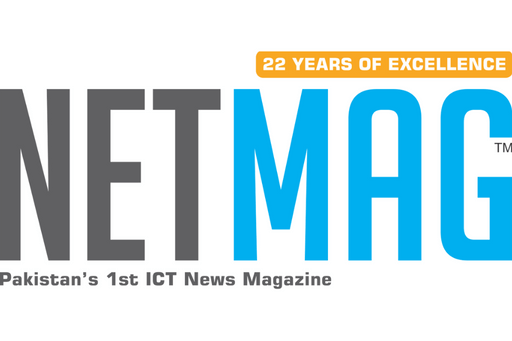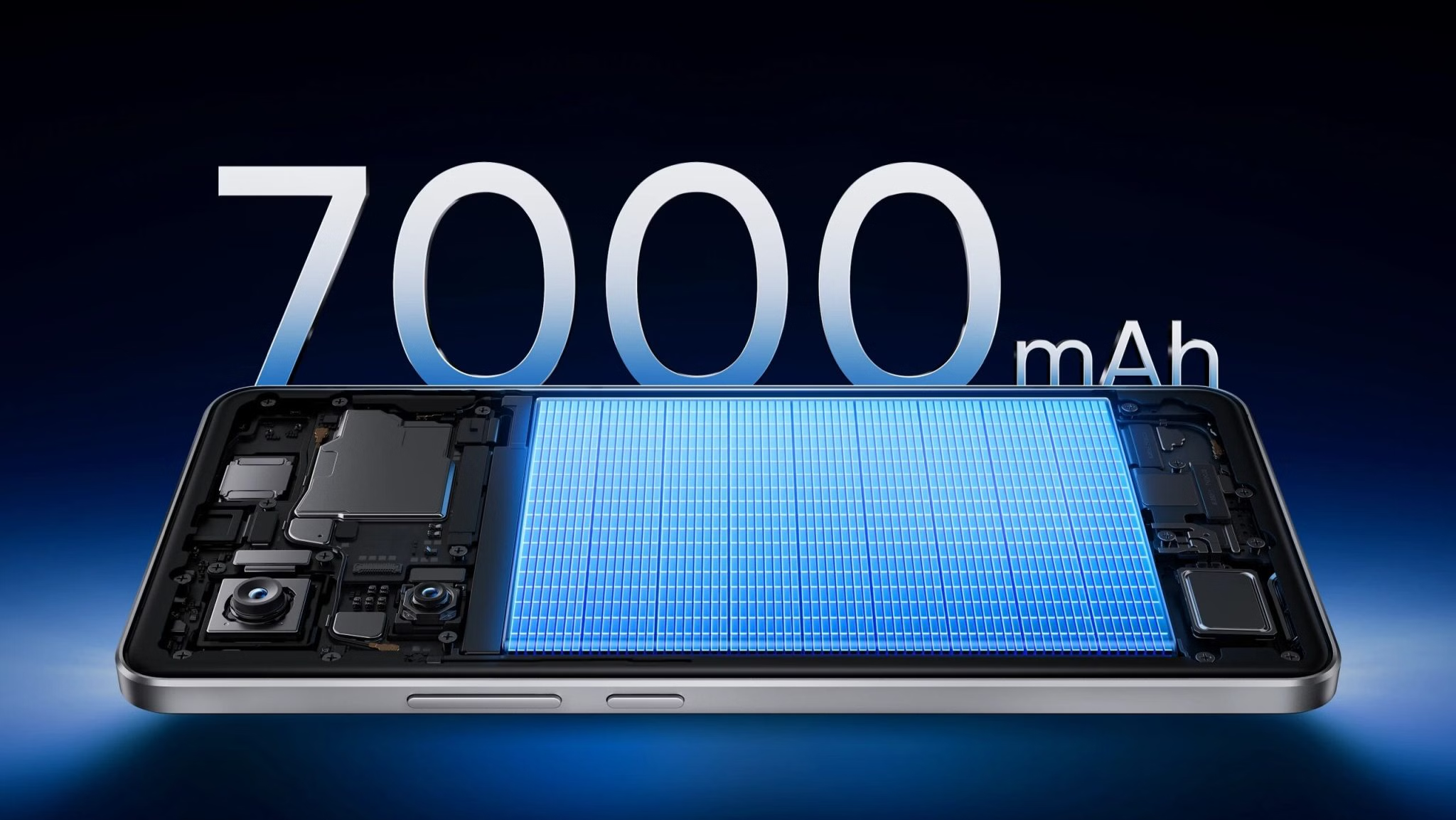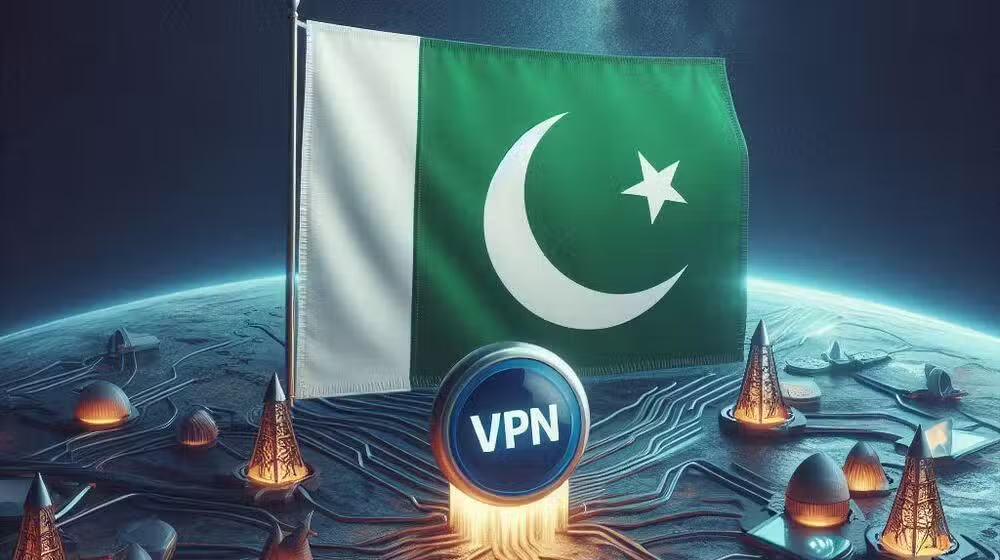TikTok
As digital access grows across Pakistan, the question of how young people spend their time online becomes more pertinent than ever. As more people find themselves online, their time spent on the digital space is not being limited to just casual browsing. Increasingly, learning is also taking place on the same platforms that entertain and inform. It is happening through videos, apps and online communities that extend beyond the classroom. In that context, TikTok’s newly launched dedicated STEM (science, technology, engineering and mathematics) feed in Pakistan is a notable attempt to channel short-form video towards curiosity and comprehension rather than just entertainment.
Designed to promote educational content and spark curiosity through short-form video format, the STEM feed is part of TikTok’s broader effort to make learning more accessible and engaging for young audiences globally. In Pakistan, the initiative is also being supported by the Ministry of Information Technology and Telecommunication (MoITT) and the Ministry of Federal Education and Professional Training, as part of a shared vision to use digital platforms for constructive learning for Pakistani users.
The growing focus on digital tools in education reflects a larger shift. As more students come online, digital literacy is no longer a supplementary skill, it’s becoming a foundational one. Whether it’s learning through videos, practicing on educational apps, or joining online study communities, young people in Pakistan are already embracing new modes of learning that go beyond the traditional classroom.
TikTok’s STEM feed taps into this trend by spotlighting content that makes academic subjects more accessible. Creators like MeeniTech and Hamza VFX are breaking down tech concepts through animation and device hacks. In the medical space, Dr. Daniyal explains symptoms in a fun, distinct style, while Dr. Najeeb breaks down complex topics by sketching detailed diagrams on a whiteboard, bringing a classroom-like feel to short-form content. There are also creators like Mohammad Asif Umer who explain chemical reactions through practical demonstrations that feel less like lectures and more like experiments sparking curiosity. mathcourt8 solves complex math problems in seconds, pairing fast-paced calculations with music to make even the toughest equations feel approachable and entertaining.
READ MORE: SYNERGY GROUP RECORDS 15 WINS AT DRAGONS OF PAKISTAN 2025 AWARDS
To help educators keep up, training programs are being rolled out in collaboration with academic institutions to educate teachers on how to adapt their knowledge to digital formats. The effort aims to extend the reach of education, making learning possible beyond traditional classrooms and into digital environments as well.
However, the rise in digital learning brings new responsibilities, especially around digital wellbeing. As screen time increases, so do concerns about online safety and mental health. TikTok has introduced features such as content filters, screen time limits, and parental controls to support healthier online habits. Alongside these tools, fostering a culture of digital awareness remains essential, helping students, parents, and educators engage in online spaces thoughtfully and responsibly.
With more than 60 percent of Pakistan’s population under the age of 30, according to the Finance Division, the country stands at a critical juncture of technology and youth potential. This demographic reality presents both an opportunity and a responsibility to ensure that young people are equipped not just with access to digital platforms, but with the skills, content, and safeguards to use them meaningfully.
The time is now for evolving digital spaces where young people can not only be entertained, but also informed, inspired, and equipped for the future. In this constantly shifting digital landscape, TikTok is set to play a constructive role with its STEM feed, not by replacing traditional learning modes, but by completely reimagining how and where learning can happen for the generation that will define Pakistan’s future.




